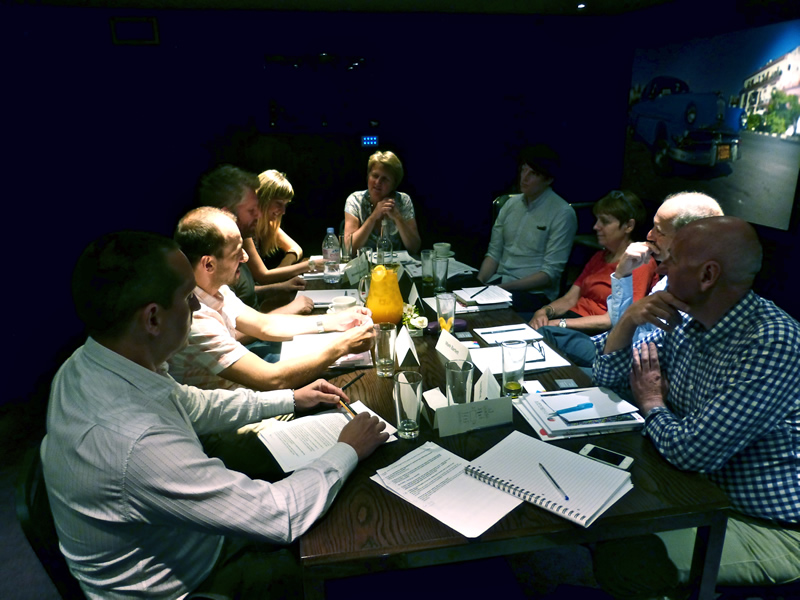This summer Image Reports brought together four PSPs and four creatives to discuss how best to exploit the opportunities offered by large-format digital print. The upshot is the following message to market…
The participants
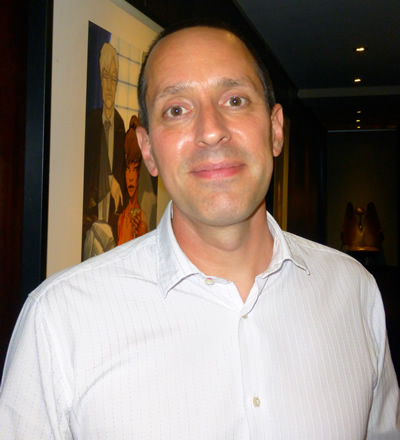 Danny Bianchet, MJ Group Creative Imaging
Danny Bianchet, MJ Group Creative Imaging
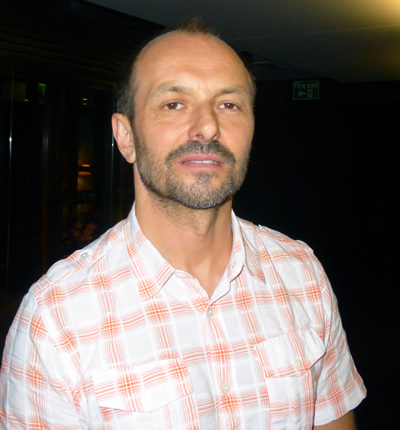 Simon Osborne, Oasis Graphic
Simon Osborne, Oasis Graphic
 Anthony Cockell, Evolve Agency
Anthony Cockell, Evolve Agency
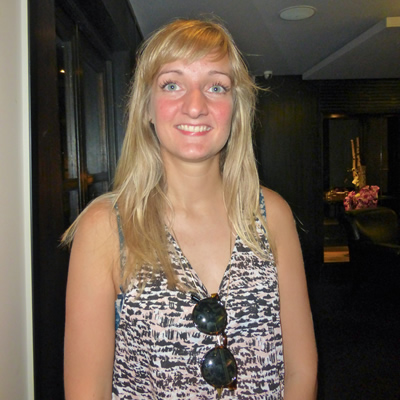 Michaela Reysenn, Kai Design
Michaela Reysenn, Kai Design
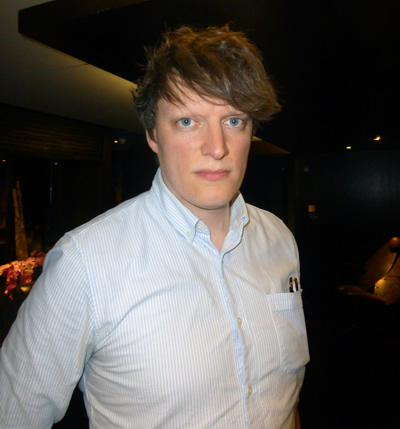 Peter Karn, MET Studio
Peter Karn, MET Studio
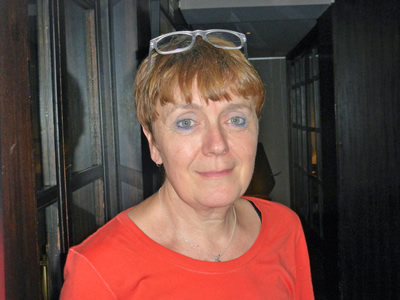
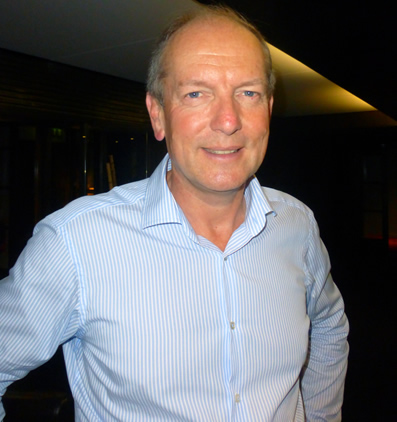 Mark Bartlett, Signbox
Mark Bartlett, Signbox
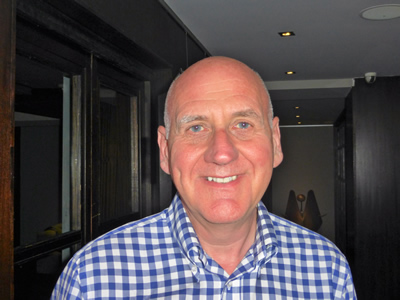
 Sue Weekes, Think Bigger Report
Sue Weekes, Think Bigger Report
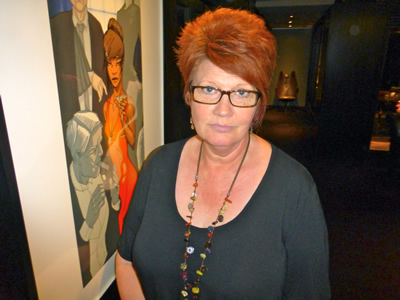
At the start of 2014 Image Reports kicked-off its ‘Think Bigger’ campaign to stimulate dialogue between PSPs and creatives about how wide-format print could be more fully harnessed as an innovative medium within mainstream communications projects and for less well established - indeed absolutely new - areas of design. While there are myriad possibilities and enormous scope for creative development, it’s clear that not everyone in the design community is aware of the potential, and it can be difficult for individual printers to communicate the full message.
To help spread the word, we set up a separate Think Bigger website (at http://www.thinkbigger.co - also accessible via the Image Reports website). This is home to galleries of work, case studies, video interviews and blogs - all aimed directly at creatives. Two Think Bigger Reports were also developed and distributed to thousands of creatives in the UK (you can download them at: www.thinkbigger.co). And so, at the start of the summer, we felt it was time to gather together PSPs and creatives and ask them directly about how both ‘sides’ can better work together to develop applications and demand for large-format digital print. The outcome of this debate? You’ve got it – better collaboration. But what exactly does that mean, and how do we get there?
Peter Karn, creative director of MET Studio, kicked of proceedings by reiterating that there is a clear hurdle in front of PSPs wanting to talk about print’s creative possibilities – and that is “that a lot of people are seduced by a moving image. The moment you say ‘printed graphic’ you come up against the argument of ‘oh no, we want something more dynamic’. So we’ve got to start off by understanding that we need to use large-format print in an interactive manner – about translating what’s 2D into the 3D space.”
The comment elicited quick response from Mark Bartlett, MD of Signbox: “We can do that. With iBeacons etc, there are print integration possibilities, but a real collaborative approach is needed for that to happen.” There were plenty of nods around the table, but Anthony Cockell, senior account manager at the Evolve Agency, pulled the discussion back to basics. “The thing is, someone needs to take a lead. With some of our clients we inherited a number of large-format ‘print partners’, but they never contact us to tell us what’s going on. Our designers are trying to come up with innovative ideas but the printers we work with just don’t give us any input. Some of the newer printers we have started working with have heard me complaining about it and they are starting to be a bit more proactive.”
Simon Osborne, MD at Oasis Graphics pointed out that PSPs are often tasked with such short deadlines that there’s little time to show new ideas to clients. It was something picked up by interior designer Michaela Reysenn, MD of Kai Design. “I’ve worked with one digital print company for a while now because the director was really on the ball in letting us know about new media etc. But as time has gone on that has fallen off a bit – I think because he’s too busy. I understand that, to a point – we all need to be proactive not just the print companies.”
“Yes, when you establish a new relationship it’s full on but I guess we’re all prone to maybe let things slip a bit over time. We have to be careful that doesn’t happen,” interjected Danny Bianchet, production director at MJ Group Creative Imaging. “Also, though, you need to remember that not all PSPs do everything that’s possible. For instance, we don’t print metallic, so we don’t tell clients about the possibility!”
“And as creatives we shouldn’t be waiting for someone to knock on our door and tell us about all the possibilities,” added Pat O’Leary, owner of Pat O’Leary Environmental Graphics. “It’s up to us to actively go and find creative solutions.”
The talk then turned to sampling, with mixed messaging in terms of some creatives wanting more, and others wanting less. “The problem is, I get contacted by people who just don’t understand what we do or how what they offer could fit in,” continued O’Leary, with Kevin McFeat, director at Kolor Skemes explaining: “That’s why we try and take unusual materials, do a bit of R&D in house and take a tailored presentation to creatives.”
So should printers be taking more responsibility for getting the ‘possibilities’ message through to a wider design community? Osborne voiced a concern that’s widely held among PSPs: “I think that printers probably do need to do more, but I feel like I’m badgering creatives when I call them – everyone is so busy!” Bianchet echoed the sentiment: “When I want to find something I Google it – I don’t want to be cold called. Neither do they I guess so we need to find another way of getting their attention.”
Karn jumped in at this point with a reminder that “it’s all about creating proper relationships, not making a ‘sales’ call.” He explained: “It’s not up to the printer to have to update us on everything that’s possible, but it is nice to have them suggest something to us that might be useful. Sometimes people call and they can be quite aggressive, and you can tell that while they are trying to sound like they’re giving you knowledge, they’re really just out to hit a sales target.”
“It’s all about PSPs understanding what the creative wants of them,” added Cockell. “I don’t want a printer talking about or showing me something that’s never going to have anything to do with me. But I do like case studies that show me what’s possible in my own field.” Reysenn then put the cat among the pigeons by saying: “I definitely do not want case studies. I want to be the first to do something, not follow somebody else!”
So what do you do as a PSP to expand the creatives’ understanding of large-format print possibilities?
“Why we PSPs are sitting here is because we know it’s not profitable to do commoditised work. We need to find clients that will want the more bespoke type of work we can do,” said Bianchet. “So we show exciting things on our website etc.”
“And we are finding that one of the best resources is Pinterest,” followed up Bartlett. “It’s used by many creatives and acts as a collaborative mood board. It definitely brings in work.” Reysenn backed that: “I use Pinterest all the time. You can search for the type of thing you want when you want to find it. However else you get contacted, whether it’s by PSPs, trade associations, design associations, the information gets ‘archived’. As a designer I know what I want to achieve, so it’s luck if I hear about something relevant at the right time. But Pinterest is great – and so are design shows.”
Bartlett was the first to pick up on this: “We try to collaborate with creatives more by doing things like the 100% Design show. There we can highlight our capability to creatives across many disciplines, and they can approach us quickly and easily.”
So would Reysenn go to something like Fespa’s Printeriors showcase? “No. I don’t know the difference between one digital printer and another so I wouldn’t go to anything affiliated with a print tradeshow. Perhaps my perception of what a print show is all about is wrong, but to my mind it means needing a certain level of technical knowledge before you go.”
Karn wouldn’t attend print shows either, even if parts were directed to the creative. “You just get lynched by people trying to sell to you. And I don’t want to look at technology – I want to be inspired, so things like 100% Design are much more to my liking. You can sit down and have a proper bespoke conversation.”
So should PSPs be exhibiting at more design orientated shows, which is something Image Reports has been flagging up as part of the Think Bigger campaign? “The VM and Display Show in Islington is a good option. We’ve exhibited there,” said McFeat, to agreement from Bartlett who said Signbox has also participated. “We’ve been to some design shows and we’re looking into the next Museums and Heritage Show,” added Bianchet.
At which point Osborne pointed out a desire to have more creatives actually coming into the print space, literally. “It’s really difficult to get designers to actually come into the factory and watch jobs being printed, but those that do have loved it – and taken away a real enthusiasm.”
Cockell followed this up with: “As someone in an agency, cost is important to me, but so is service. I don’t know if I need to actually see the print process, but it is imperative that the creative team understands the process. I’m not interested in talking to a salesman. It’s important that we liaise with people who know what we’re trying to achieve, and we have a relationship with them that means we understand what they then need from us.”
“What I want is to have a collaborative process that allows me to ‘art direct’ and that the PSP understands all that entails,” continued Kern. “Winning a job and doing a job are two different things. I don’t want a ‘computer says we can’t do that’ kind of attitude. And I don’t want a ‘I’ve won the job not I’ll put somebody on it who doesn’t understand the client or job’ either.”
So where does the PSP fit into this collaborative approach? O’Leary set out her vision: “Before I even settle on what I want to do on a project and appoint a printer I’ll talk to them about my goals. I think that in all honesty creatives often leave it too late to talk to printers and build options into the full creative possibility.”
Karn admitted, “that we have often finished all the project planning before we get to the printer - it’s just how the procurement process happens. It’s difficult all round when the system is like that.”
“We see that as a major problem,” responded Bartlett. “If you’ve worked with a creative from day one on an idea, then the job goes out to tender and somebody else gets the job, that’s really frustrating.”
It was a point that led to talk of trust and communication being real issues. “I would never talk to a printer about an idea and get them to work with me on that idea then give the job to someone else because they were cheaper or whatever,” said O’Leary, though Reysenn nevertheless espoused the idea that “perhaps it’s good to agree up front just what each side will do in terms of job development before a deal is agreed.”
But Bianchet argued: “You have to speculate to accumulate. If we’re working with a new creative and they ask us to do some sampling for free, we normally will. It has its risks – we once had someone ask us to print on crystal. We put lots of hours into getting it right, then afterwards they went elsewhere and got the job done cheaper. In the end it paid off though – because the other printer hadn’t put the effort in and did a poor job so the client came back to us.”
Osborne was wary of doing too much up front without a promised return: “If I had a qualified lead we might do some R&D work with them, but it would have to be checked first that there was the real chance of this becoming a proper client.”
“It’s about everyone understanding what needs to be done to see the real possibilities without taking liberties,” rounded up Kern. “Yes, both creatives and PSPs need to speculate, but that has to be within boundaries and with an attitude that enough is enough.”
So when it comes to trust, how do creatives feel about the increase in the number of PSPs establishing their own design departments? Cockell summed up the general feeling that “these tend to be artworkers ready to tweak files rather than real designers”. To that end most of the creatives around the table welcomed the ability for PSPs to have in-house teams, with Kern saying: “It can be a help as long as we get to control the concept. It’s useful to have another pair of hands, but we don’t want the art direction taken away from us. And we don’t want them competing with us!”
“Yes, if there are designers that can talk to me about techniques and how I can perhaps improve something I’m doing I’d perhaps speak with them, but not if they would end up in competition,” added O’Leary.
It’s the perception as much as the reality of where the help ends and competition starts that has led some PSPs to hive off their design teams into separately branded parts of the business, but as Bartlett points out having creatives in-house is a continuing trend because “if you want to be a thought leader and be able to empathise with creatives to generate more business, it is essential that you employ some to understand how they think and work.”
“And you actually need some tension between creative and producers to really push the boundaries,” added Karn.
He ended the discussion on a note that drew agreement from all the creatives around the table, leaving the PSPs and large-format print sector as whole with something to chew on: “I think inkjet needs to do something about presenting itself as a ‘craft’ possibility, rather than just a production method. The sector as whole needs to be more creative about how it presents its ‘artistic’ possibilities.”
{jathumbnail off}


